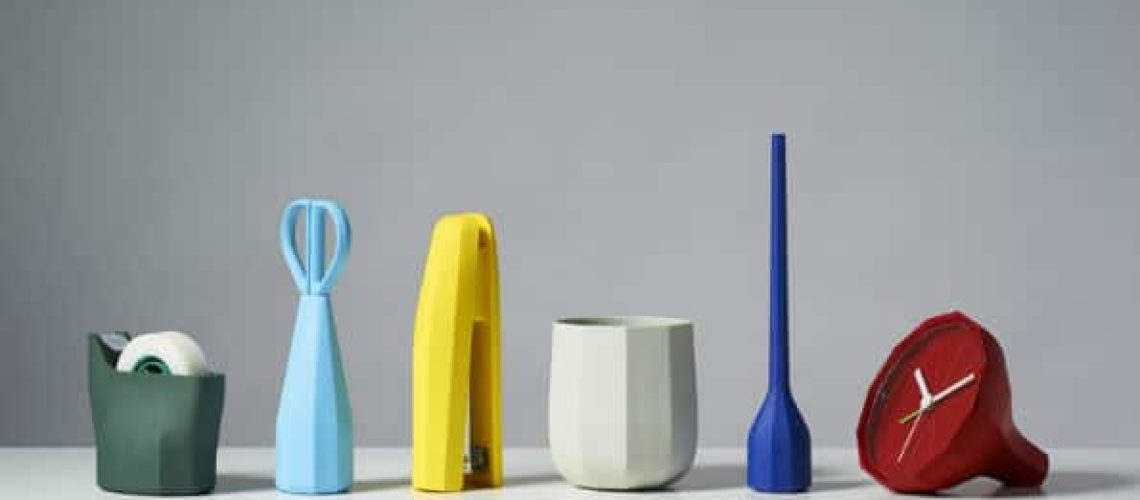Anyone can launch a new product – but developing a product that actually sells is much more of a challenge. With so many products out there already on the market, you need to make sure that yours stands out for all the right reasons. Whether you’re developing software, clothing or a new kids’ toy, this guide should help to make sure your product sells.
Know your market and their needs
Market research is vital when developing a product and should be the first thing you do. You need to understand the types of consumer that will buy your product as well as knowing your competition. This will help you to ensure that there is a clear demand, as well as deciding what you can do to set yourself apart.
Surveys and focus groups are a great form of research for getting an idea of your consumers’ demographic and their needs. Surveys generally involve asking questions one-on-one to a consumer – you can create online surveys or you could survey people in person. Focus groups meanwhile involve asking questions to a group of people who are usually carefully selected. It’s not uncommon to pay people to take part in surveys and focus groups nowadays.
Competitor research meanwhile can help you to know what you’re going up against as well as allowing you to borrow ideas and make improvements off of their business models. This could involve testing out competitor products, as well as doing online research into their marketing strategies. It’s rare to not have any competition, but it can be possible – if so, you may need to rely on consumer research such as surveys and focus groups to ensure that your innovative product has a true demand (either you’ve found an exciting gap in the market, or there is no market for your product).
Hire the best talent to help you
You’ll likely need to hire other people to help when developing your product. You may need help designing it or you may need help physically constructing it. There may even be small features that you need help with such as getting someone to design the label on a home-made jar of sauce you’ve made or hiring someone to edit a self-help book that you’ve written.
By hiring qualified professionals rather than trying to learn new skills yourself, you’ll ensure that the quality is high. This is important for making sure that your product sells – you don’t want any part of it to feel amateurish. When choosing people to hire, looking into their credentials to ensure that they have a good enough reputation and the skills you’re after.
Set the price right
Overpricing your product could put people off buying it, regardless of whether there’s a demand for it. You can get a good idea of what consumers will pay by doing consumer and competitor research. You then need to be sure that you can build your product for a price that’s low enough for you to still sell it at a profit.
Cutting costs whilst keeping the quality high isn’t easy and you may find that you have to sacrifice certain features to get it within budget. Understand that you may have to invest in expensive tools initially such as specialist manufacturing machinery – after a certain amount of sales, you’ll eventually make back your money, but you can achieve this number of sales in a suitable period. Getting help from a business financial adviser could be useful.
Make it look good
Aesthetics are important when developing a product. It needs to look professional and it needs to look unique. At the same time, this shouldn’t come at the expense of practicality – unless you’re creating an art piece, it needs to still have a working function.
If you’re more technical-minded, you may want to hire designers to help with the visual element. Visual appeal can depend very much on current trends and so you should bear this in mind when designing your product.
Test your product and iron out faults
If you release a product with faults, it will likely need to be recalled and it could damage the reputation of your business. By thoroughly testing your product, you can iron out these faults before general release.
You can use a user research tool to record the testing process. With each fault you find, you can then start making improvements until you’re happy that your product is as faultless as it can be (you’ll never have a perfect product, but you can make it close to perfect).
The best companies spend months testing and tweaking their product. Make sure that you don’t rush this process so that you have enough time to collect data and make improvements.
Market your product effectively
Marketing helps to spread the word of your product. There are so many ways to market a product – by trying a range of different marketing methods you can increase your exposure.
Online methods of marketing could include running social media contests, encouraging professional reviews from blogs and online publications, creating promotional ads and videos and getting endorsements from social media influencers. You may want to hire a digital marketing company to help you with this.
As for offline methods, you may be able to attend trade fairs or host product demos. If you’re selling a physical product, it could also benefit you to approach physical retailers and encourage them to advertise your product.


